Oregano vs Mexican Oregano: A Flavorful Face-Off You Can't Miss!
Whether you're a home cook experimenting with global flavors or a spice enthusiast collecting every herb in the book, you've probably come across two ingredients that share a name but not much else: oregano and Mexican oregano. While they may look similar at first glance, these two spices have distinct differences that can make or break your dish.
In this article, we’ll explore everything from flavor profiles to culinary uses, and even help you pick the right one for your next meal. Let’s dive into the spicy showdown of the herb world!
Table of Contents
- What Exactly Is Oregano?
- And What About Mexican Oregano?
- Key Differences Between Oregano and Mexican Oregano
- How to Use Each in Your Kitchen
- Buying Guide: Choosing the Right Oregano for You
- Frequently Asked Questions
- Conclusion
What Exactly Is Oregano?
True oregano (Origanum vulgare) belongs to the mint family and is native to the Mediterranean region. It's commonly used in Italian, Greek, and Spanish cuisines and comes in many varieties, such as Greek oregano, Italian oregano, and golden oregano.
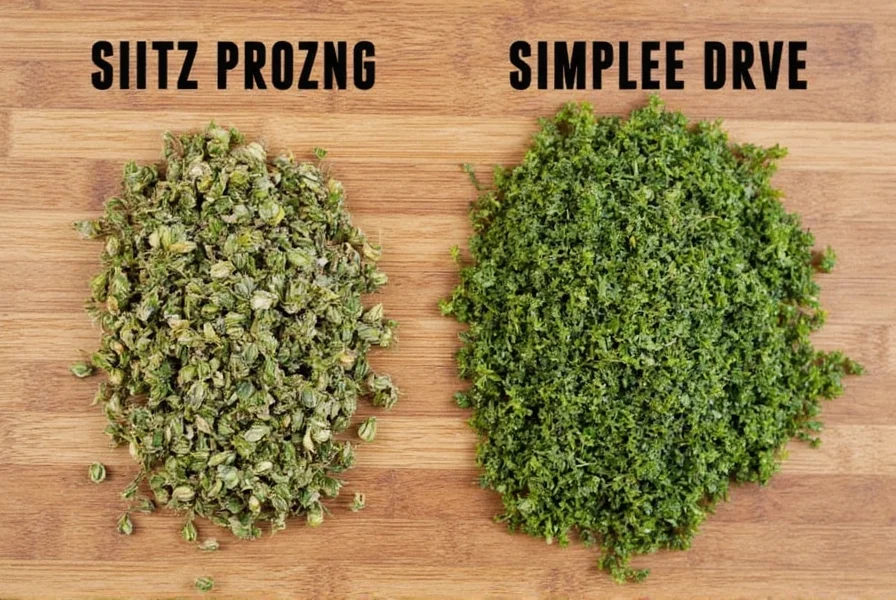
Oregano has small green leaves and a strong, earthy aroma. When dried, its flavor intensifies, making it a popular choice for long-cooked dishes like tomato sauces, stews, and grilled meats.
Flavor Profile of Oregano
- Earthy
- Piney
- Mildly bitter
- Hint of pepperiness
And What About Mexican Oregano?
Mexican oregano (Lippia graveolens), despite its name, isn’t technically “true” oregano. It comes from the verbena family and grows primarily in Mexico and parts of Central and South America. This version has a more robust, citrusy profile that makes it ideal for Latin American cuisine.
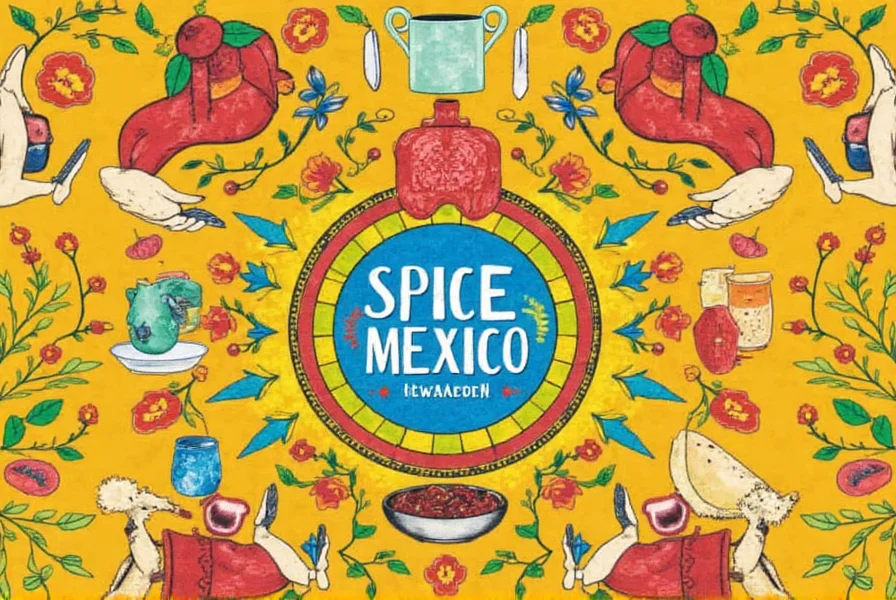
While visually similar to Mediterranean oregano, Mexican oregano tends to be darker and slightly coarser in texture. Its boldness pairs well with spicy dishes, especially those featuring chili peppers, beans, and tomatoes.
Flavor Profile of Mexican Oregano
- Citrus-forward
- Slightly floral
- Spicy and aromatic
- More intense than regular oregano
Key Differences Between Oregano and Mexican Oregano
To better understand how these two herbs compare, let’s take a closer look at their origins, appearance, flavor, and usage.
| Feature | Oregano | Mexican Oregano |
|---|---|---|
| Botanical Family | Lamiaceae (mint) | Verbenaceae (verbena) |
| Scientific Name | Origanum vulgare | Lippia graveolens |
| Origin | Mediterranean region | Mexico, Central/South America |
| Flavor | Earthy, piney, slightly bitter | Citrusy, floral, spicy |
| Common Uses | Pizza, pasta, grilled meat | Chili, tacos, moles |
| Leaf Color | Light green | Dark green to brownish |
| Texture | Soft and delicate | Coarser and tougher |
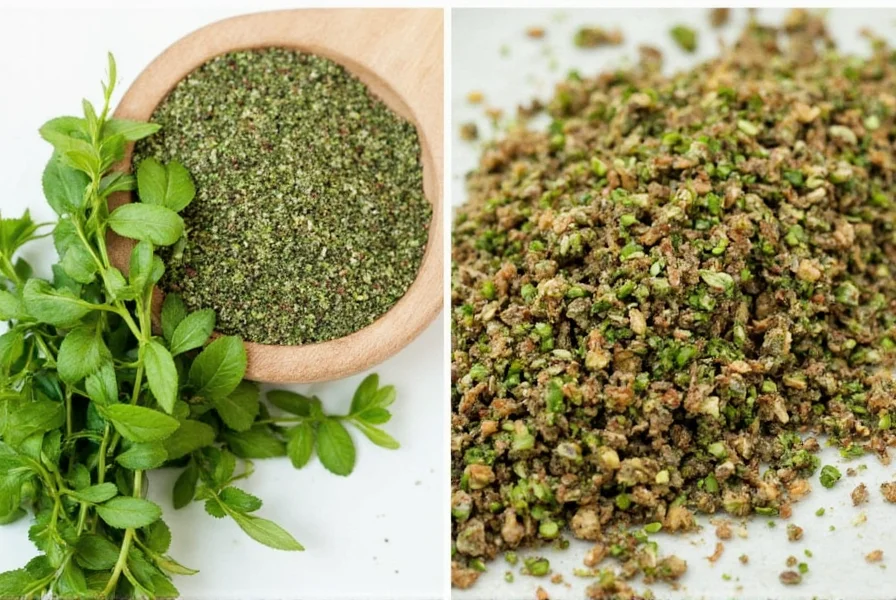
How to Use Each in Your Kitchen
Understanding when to use each type of oregano can elevate your cooking from good to great. Here are some practical tips:
When to Use Regular Oregano
- Pizza: A sprinkle of dried oregano adds an authentic Italian touch to homemade pizza.
- Pasta Sauces: Especially in slow-cooked marinara, oregano enhances the depth of flavor.
- Grilled Vegetables: Toss zucchini or eggplant with olive oil and fresh oregano before grilling.
- Marinades: Add crushed dried oregano to olive oil, garlic, and lemon for a killer chicken or lamb marinade.
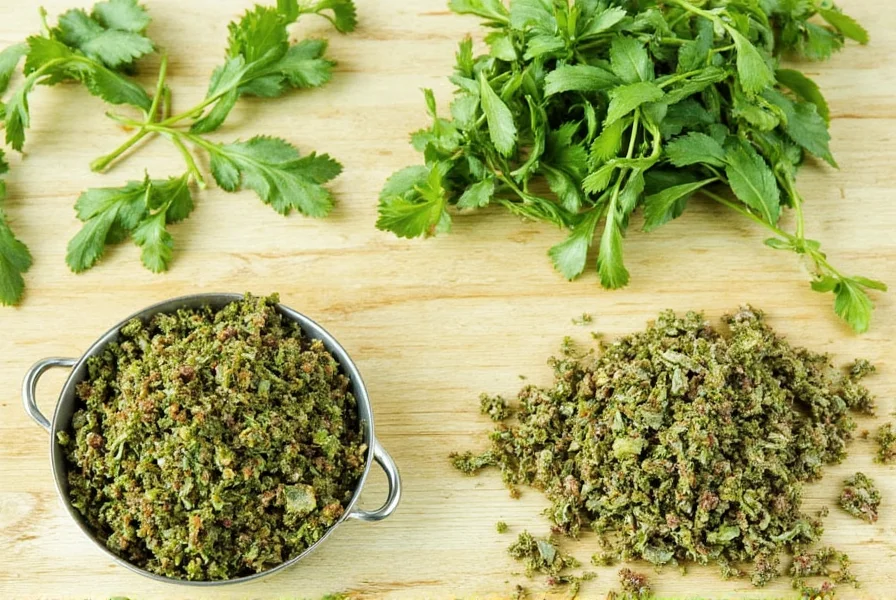
When to Use Mexican Oregano
- Chili: The citrusy bite complements the smoky depth of chili powders perfectly.
- Tacos: Mix into taco seasoning or sprinkle on top after cooking for extra aroma.
- Mole: Some traditional mole recipes call for Mexican oregano to balance sweetness and spice.
- Bean Dishes: Enhances the flavor of black beans, pinto beans, and refried beans.
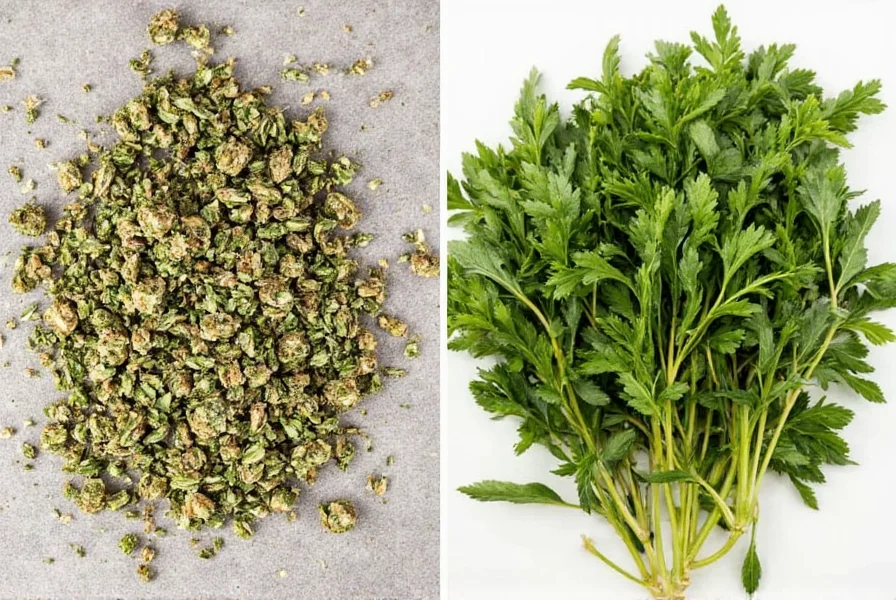
Buying Guide: Choosing the Right Oregano for You
With so many options available — fresh, dried, ground, or in blends — selecting the best oregano can feel overwhelming. Here’s what to look for:
Types of Oregano to Consider
| Type | Best For | Features | Recommended Brands |
|---|---|---|---|
| Dried Mediterranean Oregano | Italian and European dishes | Concentrated flavor, easy to store | McCormick, Simply Organic, Frontier Co-op |
| Fresh Oregano Leaves | Herb-forward dishes, garnishing | Milder taste, nice visual appeal | Fresh from local markets or grow your own |
| Mexican Oregano (Dried) | Mexican, Tex-Mex, Latin American dishes | Bold, citrusy aroma | Goya, La Flor, Badia |
| Ground Oregano | Quick incorporation into rubs or spice blends | Even distribution of flavor | Penzeys Spices, Simply Organic |
Buying Tips
- Check packaging date: Freshness matters! Look for herbs with a clear expiration date or buy from reputable sources.
- Avoid moisture: Moisture ruins dried herbs. Store in airtight containers away from light and heat.
- Smell test: Rub a bit between your fingers and sniff. If the aroma is faint or musty, it’s time to replace it.
- Grow your own: Both types of oregano can be grown indoors or outdoors with minimal effort. Plus, fresh leaves pack a punch!
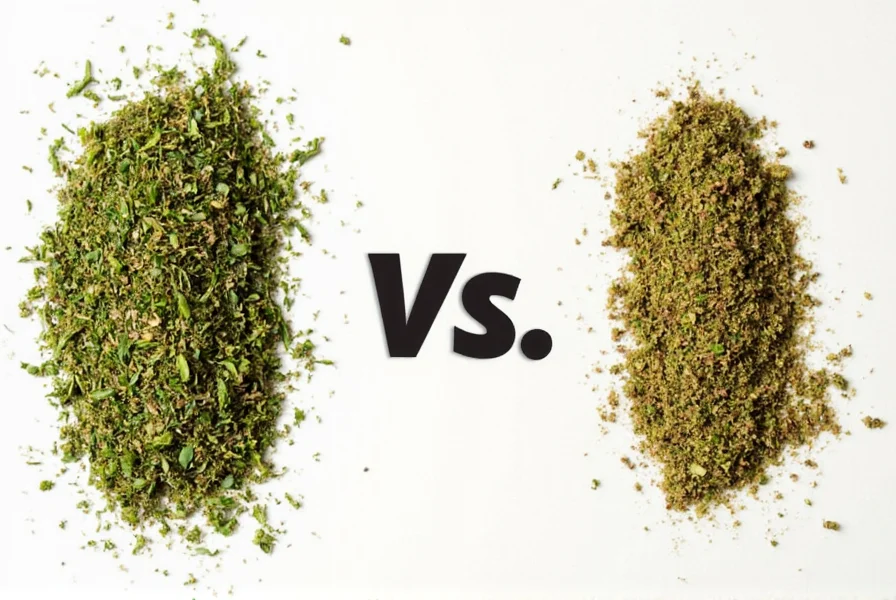
Frequently Asked Questions
Can I substitute oregano for Mexican oregano (or vice versa)?
You can, but keep in mind that the flavor will change. In a pinch, try adding a squeeze of lime or orange zest to mimic the citrusy kick of Mexican oregano. Conversely, if using regular oregano in place of Mexican, add a pinch of cumin or coriander to boost the earthiness.
Is Mexican oregano spicier than regular oregano?
Not exactly spicy like chili, but yes — it has a stronger, bolder, and more complex flavor due to its floral and citrus notes.
Which one is healthier?
Both contain antioxidants and have antimicrobial properties. However, Mexican oregano contains higher levels of certain compounds like thymol and carvacrol, which offer additional health benefits.
Can I grow both oreganos together?
Yes, but note that they have different growing conditions. True oregano prefers cool, moist soil, while Mexican oregano thrives in hotter, drier climates.
Conclusion
So there you have it — the ultimate lowdown on oregano versus Mexican oregano. Whether you’re simmering up a Sunday gravy or firing up a batch of smoky tacos, knowing the subtle (and not-so-subtle!) differences between these two herbs can make all the difference in your kitchen.
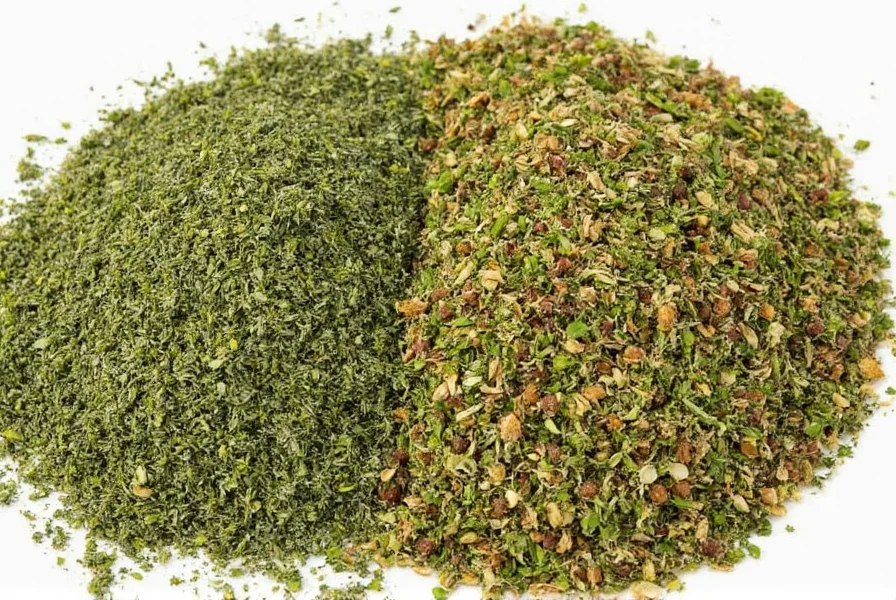
Next time you reach for the oregano jar, pause for a moment and ask yourself: am I going for classic comfort or bold adventure? Either way, now you know which one to grab. Happy cooking!

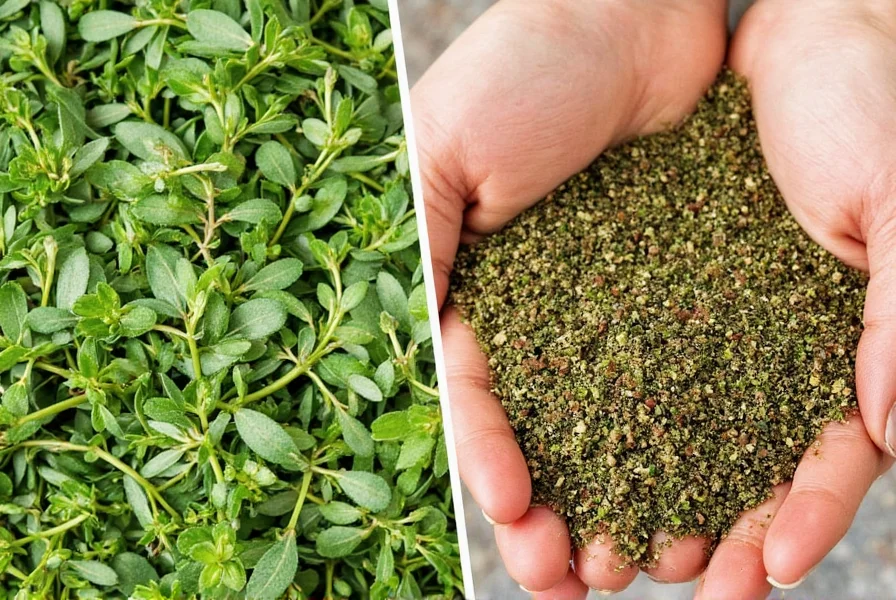









 浙公网安备
33010002000092号
浙公网安备
33010002000092号 浙B2-20120091-4
浙B2-20120091-4